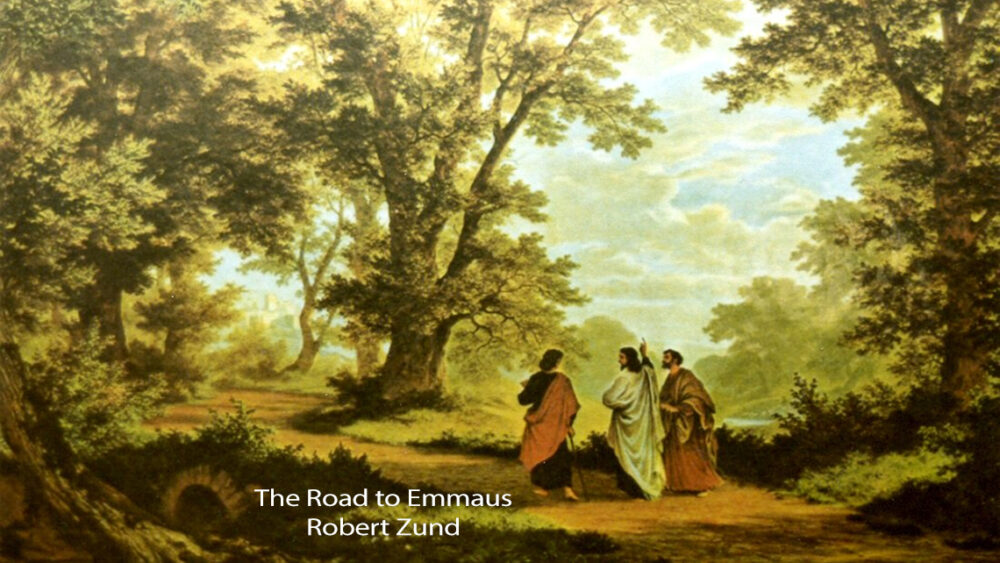The extraordinary twist in this story is that, having announced judgment upon Jerusalem for refusing God’s way of peace, Jesus went ahead, embodying simultaneously the love and the judgment of God himself, to suffer the Roman horror he had predicted for his people.
That dark royal story lies at the heart of all subsequent Christian understanding of the cross, though it is a truth so strange that few hymns or liturgies plumb its depths. Theseus and Oberon are one and the same. Good Friday, itself a form of Roman street theatre, was taken up paradoxically within God’s street theatre, the play within the play within the play that explains everything else.
But, even without that sequel, the questions of Palm Sunday itself force themselves upon us.
First, the questions of which story we are living in, and which king we are following, remain urgent within our culture. As our public institutions are less trusted than ever, and our behaviour at home and abroad is more confused than ever, the stories which used to make sense of our lives have let us down.
We thought we knew how the play worked: get rid of tyrants, and people will embrace democracy, peace, love and flower-power. How quickly things have moved from Palm Sunday to Good Friday. The so-called Arab Spring has turned back to winter, as we have no idea what to do about Syria, about Israel/Palestine and, of course, about Ukraine. We have run out of stories, we have run out of kings of whatever kind; all we think we can do is trust the great god Mammon, as though our fragile economic half-recoveries would trickle out into the mountains of Syria or the deserts of South Sudan. Give me Psalm 72 any day.
But that’s where the second question comes in, a personal question. If the Palm Sunday street theatre means what Jesus meant, it challenges all his followers, then and now. The crowds may have been fickle, but they were not mistaken. The two on the road to Emmaus had hoped he would redeem Israel, and they were hoping for the right thing – God’s kingdom on earth as in heaven, a this-worldly reign of justice and peace – but they had not glimpsed the means by which Jesus would bring it about. Right story, wrong king.
Sooner or later, this happens to all of us. We start out following Jesus because we think we know the story, we know what sort of king we want him to be – and then things go badly wrong, he doesn’t give us what we wanted, and we are tempted to wonder if we’ve been standing on the wrong side of town, watching the wrong procession.
Jesus warned us this would happen: we all have to live through a Holy Week, a Gethsemane, a Good Friday of one sort or another. That happens in personal life, in vocational life, as well as in public life.





You must be logged in to post a comment.